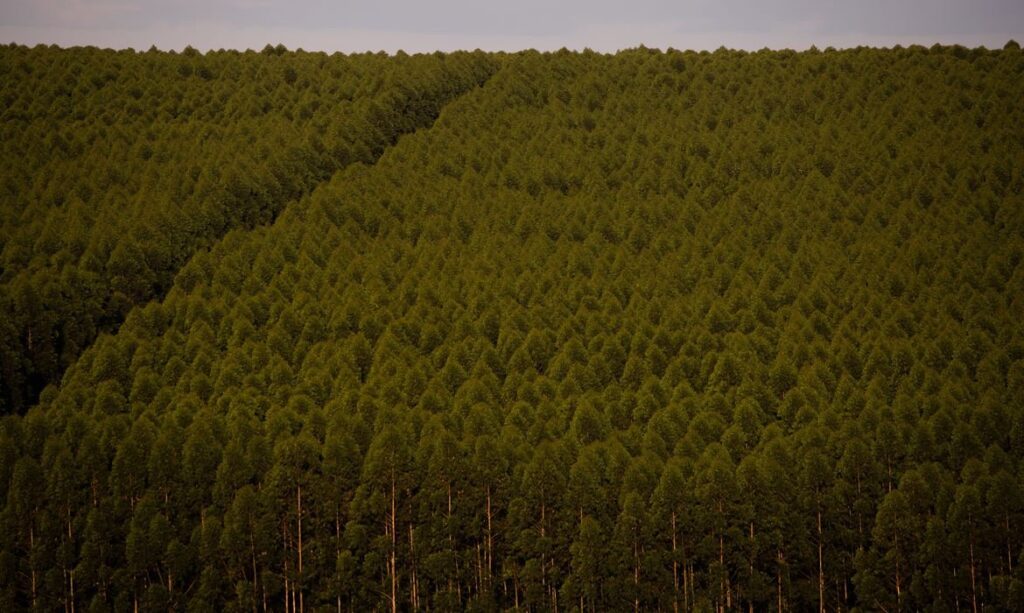Planted forests lose only 5% of soil carbon, says Embrapa
Planted forests only lose 5% of soil carbon and not 33% as previously believed. The information comes from a new study by Embrapa Florestas. According to the institution, the number only reinforces the great potential for mitigating greenhouse gases (GHGs) by forest plantations, as well as valuing the work of Brazilian science. Another important point […]

Planted forests only lose 5% of soil carbon and not 33% as previously believed. The information comes from a new study by Embrapa Florestas.
According to the institution, the number only reinforces the great potential for mitigating greenhouse gases (GHGs) by forest plantations, as well as valuing the work of Brazilian science.
Another important point is, now, this will be the soil carbon alteration index (IAC) used in daily life and for new national research.
“The previous index was not consistent with the reality of forest plantations. As the studies progress, each country can adjust and refine these indexes to the realities of their crops, which is what we did with the forest crops analyzed,” says Embrapa researcher Josileia Zanatta, who coordinated the study.
Embrapa Florestas based its conclusions on studies carried out in Brazil, and published between 2002 and 2019, in areas converted to planted forests of eucalyptus, pine and black wattle.
The data involved information obtained in nine states: RS, SC, PR, SP, ES, MG, BA, PA and MS, covering more than 8.6 million hectares of forest plantations.
The study also proves that each type of cultivated plant interferes with vegetation cover and, therefore, can influence soil carbon stocks, altering the balance between carbon sequestration and carbon loss rates.
“Using an agriculture index penalized forest plantations, as it indicated that 33% of the stored carbon in the soil could be lost after the removal of native vegetation. We proved that the loss is only 5%, which represents a big difference”, analyzes Embrapa researcher Marcos Rachwal, who participated in the study.
Carbon stocks
Another finding of these studies was the high performance of the soil as a carbon stock. The volume stored is equivalent to the carbon accumulated in the forest biomass, and sometimes even greater.
In addition, the soils of forest plantations can act as methane sinks, through microorganisms present in the soil, the methanotrophic bacteria, which consume methane and contribute to reducing the concentration of this gas in the atmosphere.
“All soils that are well aerated and without excess moisture, under planted or native forests, have this capacity”, explains Rachwal.


